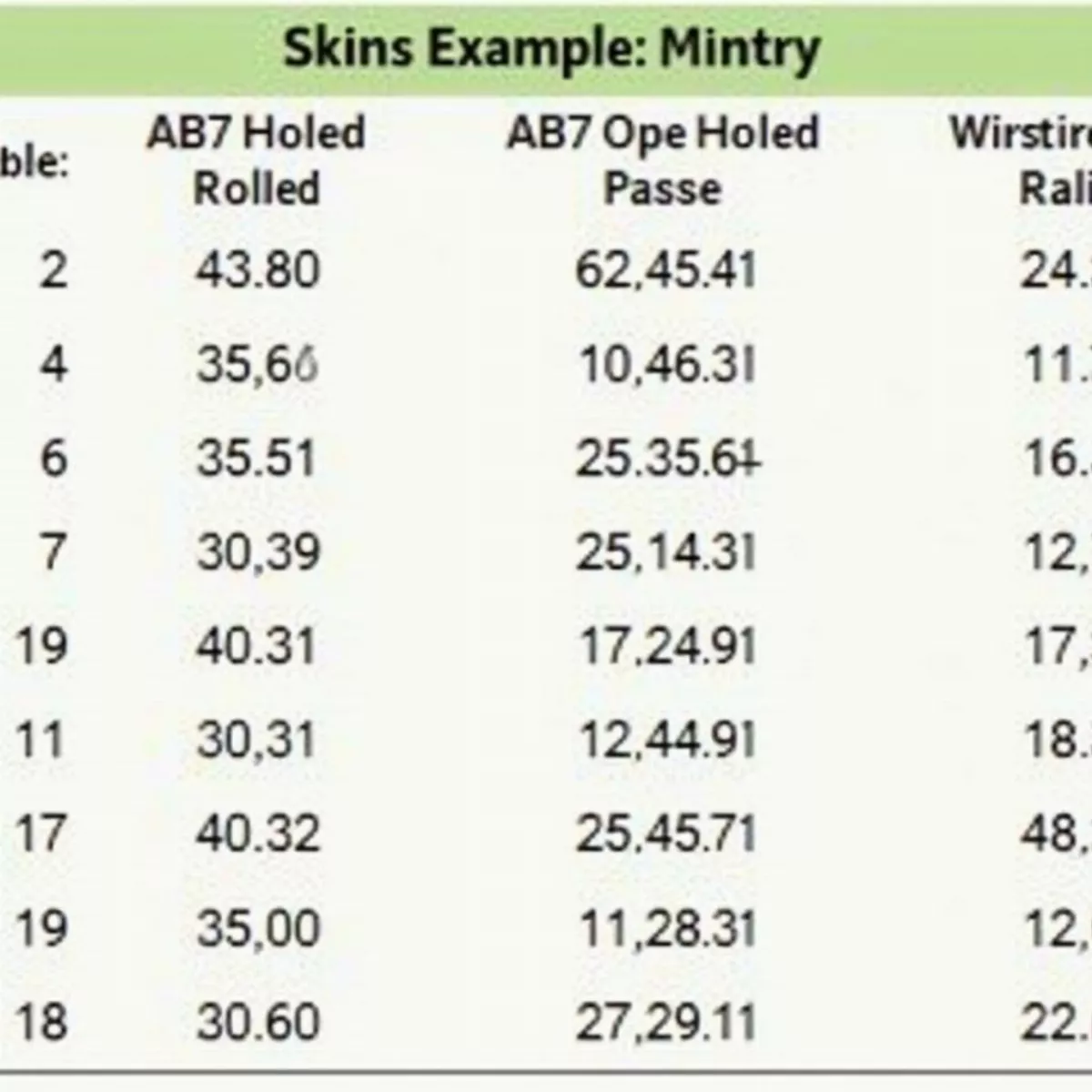Chipping is a crucial aspect of golf, often overlooked in favor of the flashy drives or powerful putts. Yet, the way you chip can significantly influence your overall score. Whether you’re looking to refine your technique or simply maintaining your skills, practicing chipping at home can be both effective and enjoyable. In this comprehensive guide, we’ll dive into various methods and tips to help you practice chipping effectively from the comfort of your home.
Why Chipping Matters
Before we delve into the how-tos, it’s important to understand why chipping matters. Chipping is all about control and precision. You can save strokes around the green and make par more consistently by honing your skills.
Remember: Some of golf’s best players attribute their success to mastering the short game, particularly chipping. So, let’s get started!
Setting Up Your Home Practice Area
Space and Equipment
To practice chipping, designate a specific area in your home or backyard where you can hit chips. Here’s a simple checklist of equipment you may need:
- Chipping Clubs: Pitching wedge or sand wedge is ideal.
- Golf Balls: A few dozen will suffice.
- Target: A net, bucket, or even a towel can work as a target.
- Mat or Grass: To create a realistic surface, you can use synthetic turf, a practice mat, or simply practice on grass if you have a yard.
Safety First
Always consider your surroundings when practicing chipping. Ensure there are no breakable objects in the vicinity, and if practicing indoors, use soft or foam balls to avoid damage.
Chipping Techniques
Here are a few fundamental techniques to improve your chipping:
1. Grip
The way you grip the club can impact your shot.
- Hold the club lightly. This helps in making a smoother swing.
- Align your hands to position them slightly ahead of the ball.
2. Stance and Posture
Your stance should be balanced and athletic. Here’s a quick list:
- Feet: Narrower than shoulder-width apart.
- Knees: Slightly bent.
- Weight: Favor the front foot (about 60-70%).
3. Swing
Focus on a pendulum-like motion when chipping:
- Backswing: Keep it short and controlled.
- Follow-through: Extend your arms, finishing high.
4. Contact
Aim to make crisp contact with the ball. Practice hitting down on the ball, allowing the club face to lift it gently into the air.
Chipping Drills for Home Practice
To help you practice effectively, here are some helpful drills:
1. Target Practice Drill
- Objective: Improve your aim and distance control.
- How to: Set up two targets at different distances (e.g., 10, 15, and 20 feet). Chip balls toward each target in succession, focusing on landing the ball softly near the target area.
2. The Ladder Drill
- Objective: Build consistent distance control.
- How to: Set up five targets spaced evenly apart (e.g., 5, 10, 15, 20, and 25 feet). See how many chips you can land within a few feet of each target.
3. One-Handed Drill
- Objective: Enhance feel and control.
- How to: Practice chipping using only your lead hand (left hand for right-handed golfers, right for left-handed golfers). This will help you develop better feel and touch during your chipping.
4. Bump-and-Run
- Objective: Master low shots.
- How to: Practice bump-and-run chips using a 7-iron or similar club. Focus on landing the ball a few yards in front of the target, allowing it to roll into the hole.
Tracking Your Progress
Keep a chipping journal to document your practice sessions. Note your successes and areas that need improvement:
- Date and Duration: Record how long you practiced.
- Drills Completed: List the drills you practiced.
- Reflections: What felt good? What needs work?
Incorporating Technology
In today’s digital age, you can leverage technology to enhance your chipping practice:
- Video Analysis: Record yourself while practicing and identify areas for improvement.
- Apps: Use golf-specific apps to track your performance and monitor your progress.
Benefits of Chipping Practice at Home
Practicing chipping at home offers several advantages:
- Convenience: You can practice anytime without the need for a course.
- Cost-Effective: Saves on the cost of green fees.
- Tailored Practice: Customize your drills based on personal goals and challenges.
Key Takeaways
- Chipping is crucial to lowering your golf score.
- Set up a designated chipping practice area at home.
- Focus on technique: grip, stance, swing, and contact.
- Utilize various drills such as Target Practice and One-Handed Drills.
- Monitor your progress through a chipping journal.
- Consider using technology to enhance practice efficiency.
Frequently Asked Questions (FAQ)
1. How often should I practice chipping at home?
Aim for at least 3 times a week. Consistency is key to improvement.
2. Can I practice chipping indoors?
Yes, using soft or foam golf balls and setting up a safe area is ideal for indoor practice.
3. What’s the best club for chipping?
A pitching wedge or sand wedge are typically best for chipping around the greens.
4. How can I improve distance control in my chips?
Focus on practicing drills that vary distances and use targets to develop your feel for distance.
5. How do I stay motivated to practice?
Set specific goals for each practice session and keep a journal to track your progress. Gamifying your practice can also keep it fun!
6. Should I use a practice mat or natural grass?
Both have benefits. A practice mat provides a consistent surface, while natural grass offers a realistic feel for course conditions.
7. How do I deal with frustration during practice?
Take breaks and focus on smaller aspects of your technique. Remember, improvement takes time!
8. Can I improve my chipping without spending money on lessons?
Absolutely! While lessons can be beneficial, plenty of online resources and self-practice can help you improve.
9. Is it okay to practice chipping on a hard surface?
It’s best to practice on a softer surface (like grass or a mat) to minimize the risk of damaging your club.
10. How much time should I spend on each drill?
Start with 10-15 minutes per drill. As your skills improve, you can extend your practice time.
By embracing these tips, drills, and practices, you’ll be well on your way to mastering your chipping game from the comfort of your home. Remember, small, consistent efforts lead to significant improvements over time. Happy chipping! 🏌️♂️

 Golfers Celebrate on Green
Golfers Celebrate on Green Scenic Golf Course at Sunset
Scenic Golf Course at Sunset
 Golfer Approaching the Green at Pine Valley
Golfer Approaching the Green at Pine Valley Golfer Escaping Sand Trap at Pine Valley
Golfer Escaping Sand Trap at Pine Valley
 Golf course early morning
Golf course early morning Golf simulator
Golf simulator